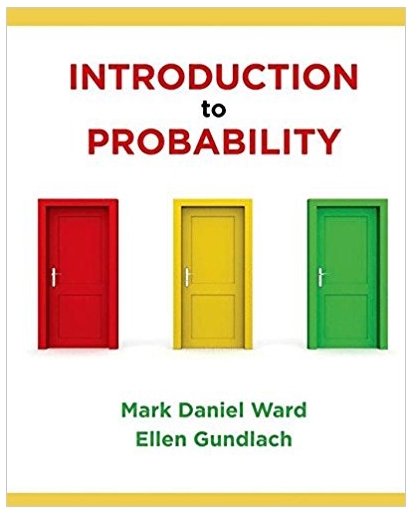Question
Testing Caveats and Ethics (eight questions) 1. Which of the following is more likely to lead to a significant result (mark/highlight correct answer)? a. Smaller
Testing Caveats and Ethics (eight questions)
1. Which of the following is more likely to lead to a significant result (mark/highlight correct answer)?
a. Smaller sample sizes
b. Larger sample sizes
2. If the treatment effect is small (e.g. the difference in means is small between the treatment group and control group), then larger sample sizes will more likely lead to this difference being:
a. Statistically significant
b. Not statistically significant
c. Practically significant
3. By increasing the number of statistical tests you are:
a. Less likely to get at least one statistically significant result.
b. More likely to get at least one statistically significant result.
c. The number of significant tests you run wont affect the number of statistically significant results.
4. Which of the following is/are true?
a. The larger the sample the less likely one is to make a Type I error.
b. The larger the sample the more likely one is to make a Type I error.
c. The smaller the sample the less likely one is to make a Type I error.
d. The smaller the sample the more likely one is to make a Type I error.
5. Which of the following is/are true?
a. The larger the sample the less likely one is to make a Type II error.
b. The larger the sample the more likely one is to make a Type II error.
c. The smaller the sample the less likely one is to make a Type II error.
d. The smaller the sample the more likely one is to make a Type II error.
6. If subjects volunteer to participate in an experiment, then there is no need to get any further consent from them.
a. True
b. False
7. Each institution receiving federal money to conduct research must establish an IRB, which stands for:
a. Internal Review Board
b. Internal Research Board
c. Institutional Review Board
d. Institutional Research Board
8. One purpose of the IRB is to avoid:
a. Psychological harm to research subjects.
b. Physical harm to research subjects.
c. Both psychological and physical harm to subjects.
Step by Step Solution
There are 3 Steps involved in it
Step: 1

Get Instant Access to Expert-Tailored Solutions
See step-by-step solutions with expert insights and AI powered tools for academic success
Step: 2

Step: 3

Ace Your Homework with AI
Get the answers you need in no time with our AI-driven, step-by-step assistance
Get Started


